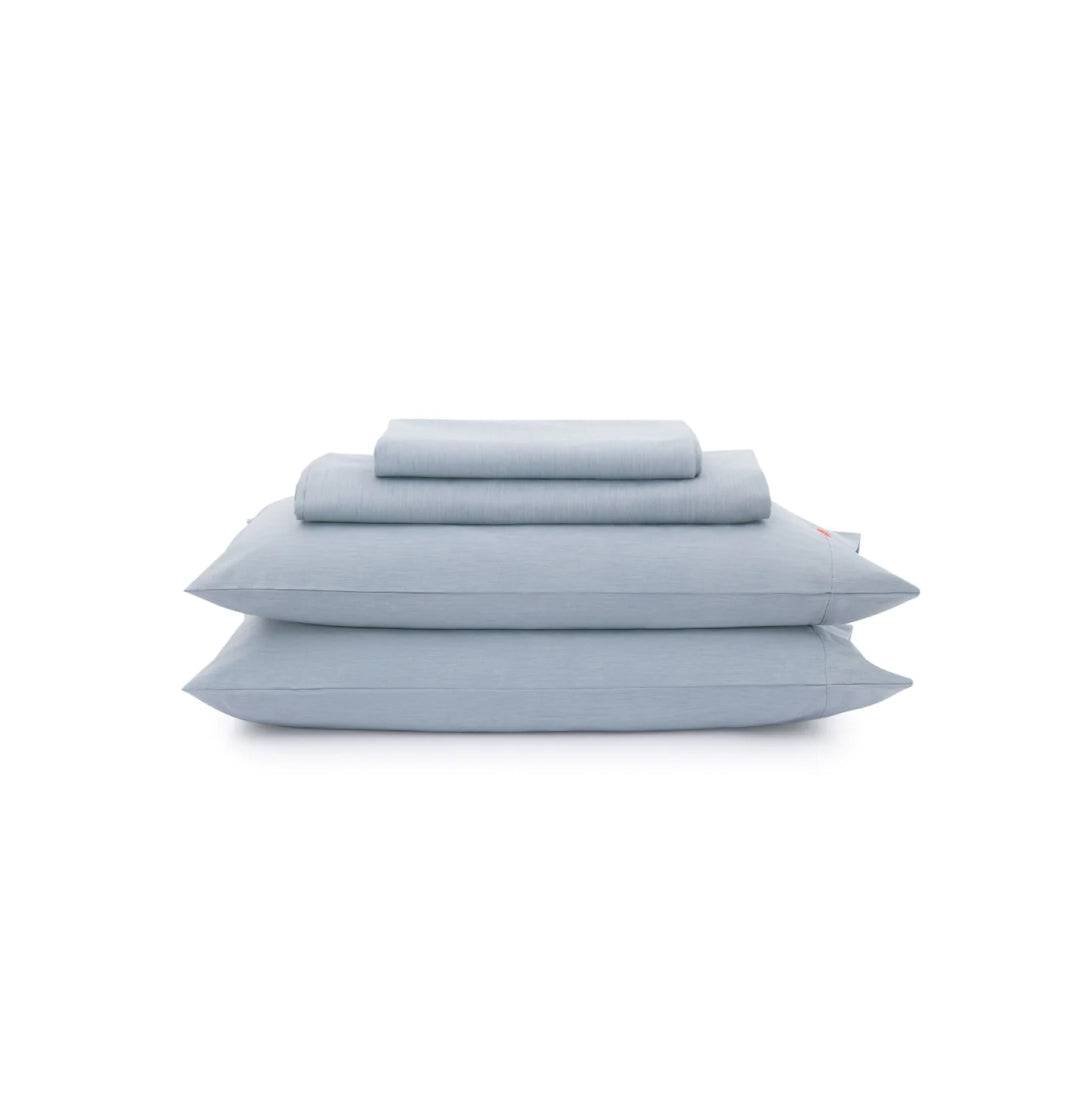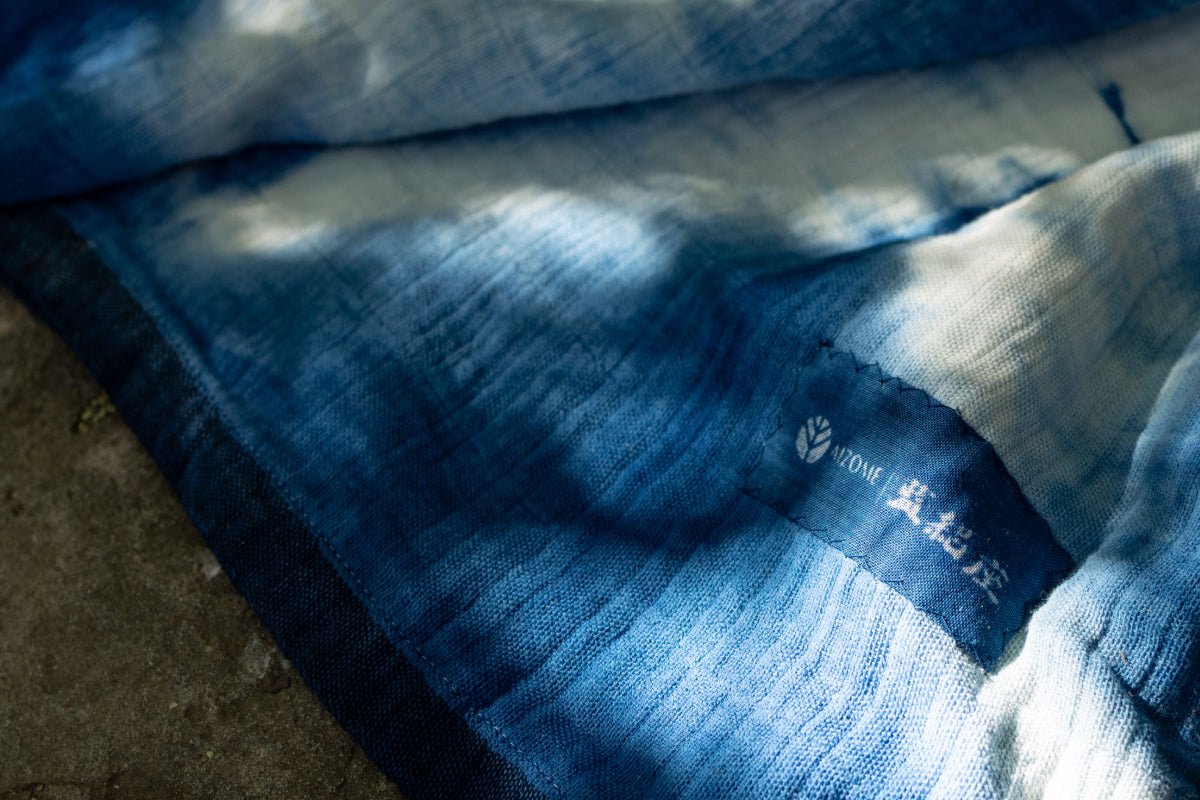Have you ever stopped to think about the colors we surround ourselves with? From the bright red of a stop sign to the calming blue of the ocean, color plays a huge role in our lives. But what about the darker side of color? The history of dyes is filled with stories of deadly substances and health risks.
For centuries, hat makers and painters have used lead in their work, leading to widespread poisoning and resulting in the infamous “mad hatter” and “melancholic artist” stereotypes. That's right, the lead in their paint made them not only depressed but also a bit crazy!
In 19th century Paris, a bold and bright shade of green called Paris Green was all the rage. But this beloved color had a deadly secret - it contained high levels of arsenic. Factory workers who handled the dye had short life expectancies, and women who wore Paris Green dresses on the dance floor often collapsed. The toxic effects of this color weren't limited to just factory workers and dancers, as even Napoleon, the greatest conqueror of Europe, may have been silently poisoned in his sleep due to his love for the color and green-dyed wallpaper in his chambers. Analysis of his excavated bones showed high levels of arsenic, indicating that even the most powerful man in Europe may not have been immune to the dangers of toxic dyes.

In the early 20th century, radium was the hottest ingredient in town. Its luminescent properties made it a popular addition to everything from face creams to toothpaste. Unfortunately, no one realized that this radioactive element was slowly poisoning the public. Some of the most popular products of the time contained enough radium to cause serious health problems. People who used these products began to experience radiation burns, jaw necrosis, and even cancer. The public outcry was intense, leading to the downfall of several companies and the birth of modern regulation. The radium craze may have been short-lived, but it left a lasting impact on public health and safety.

But shortly thereafter the radioactive element uranium was all the rage in the world of ceramics. Dinnerware and glassware makers added small amounts of uranium to their products to give them a glowing, bright orange color under ultraviolet light. People were unknowingly consuming food and drinks off of these radioactive plates, which lead to serious health issues. It wasn't until the 1940s that the potential dangers of uranium were realized, and it was phased out of the production of dinnerware.

Another example is AZO dyes, which are synthetic textile colorants that gained popularity due to their low cost and ability to produce vivid colors. The discovery of the carcinogenic nature of AZO dyes dates back to the 1970s. However, it wasn't until the 1990s that the European Union began to restrict the use of certain AZO dyes in textiles. The United States followed suit and introduced regulations in 2003. Despite the regulations, it took a while for the use of AZO dyes to be fully phased out due to the lack of suitable alternatives and the opaque supply chains of the textile industry. Today, while AZO dyes are banned in many countries, they can still be found in some textile products imported from countries with less stringent regulations.
The history of dyes teaches us an important lesson about the value we place on superficial beauty over our understanding of the materials we use. In all the examples in this article, the dangers of the colors were known for a long time, but cast aside for superficial and economic reasons that justified using these colorants. While we can certainly appreciate the vibrant hues that surround us, we must also be aware of the darker side of color and its potential impact on our well-being. By staying mindful of these issues and making informed decisions, we can ensure a brighter, healthier future for ourselves and the planet.







 Bedding
Bedding
 Clothing & Accessories
Clothing & Accessories
 Artisan Line
Artisan Line



Leave a comment
All comments are moderated before being published.
This site is protected by hCaptcha and the hCaptcha Privacy Policy and Terms of Service apply.